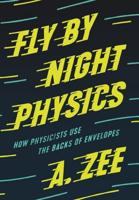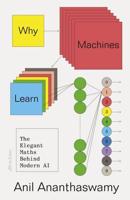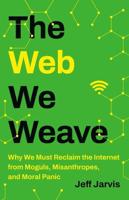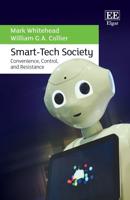Publisher's Synopsis
This book has two primary goals: To introduce the R language to the physics community and to demonstrate its advantages as a simulations' tool; and to make physics simulations accessible to a wider audience of scientists via the use of the many powerful and ready-to-use R packages and R functions. It covers traditional topics in classical and quantum computational physics, but its emphasis is in the adoption of the many features, routines and modules of the R platform to save coding time and to exploit the enormous potential and efficiency of R functions for the generation and analysis of data. With the exclusion of the introductory chapters, each chapter includes sections presenting: a) a theoretical introduction to specific computational techniques, b) their application to well-defined physics examples, c) the R approach to the coding required and d) ready-to-use packages and functions in R to carry out the tasks included in the physics examples, e) suggested projects with guided solutions. Readers of the book will learn R within familiar applications in physics and will inevitably acquire the statistical set of mind infused by the continued use of this programming language.







